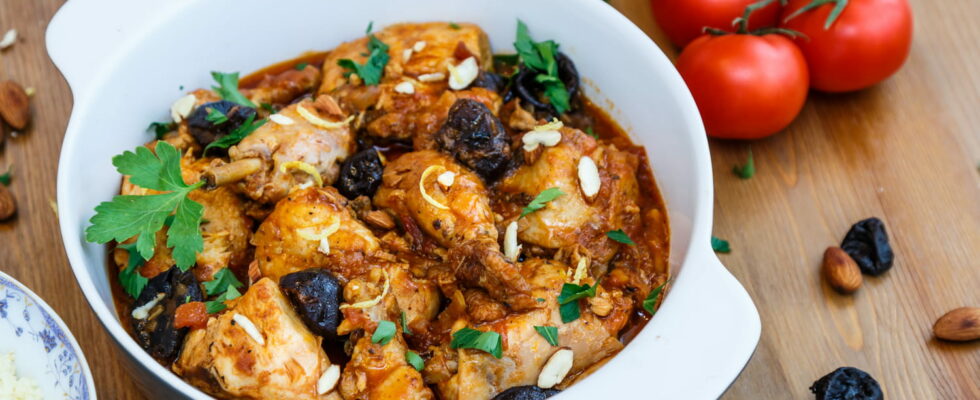And this “without any digestive side effects” according to the researchers.
Fasting blood sugar is a measurement that must be monitored regularly: it assesses the blood sugar level after a fasting period of 8 to 12 hours. Normally, fasting blood sugar should be between 0.7 g/L of blood and 1.10 g/L of blood. Logically, blood sugar increases after a meal – and even more so if the meal is rich in carbohydrates – which can lead to energy slumps during the day, cravings and indirectly weight gain. Fortunately, certain spices, including a very fragrant one appreciated in desserts and oriental dishes, are able to “smooth out blood sugar” and reduce large peaks, which are harmful to health.
In study published in The American Journal of Clinical Nutritionresearchers from the University of California followed 18 people (13 women and 5 men) with an average age of 51, prediabetes and a BMI suggestive of obesity. At the start of the experiment, these people had an average fasting blood sugar of 1.03 g/L (at the upper limit of the norm). The participants were randomly assigned to two groups. For 4 weeks, the first group had to consume the spice in question while the other group was invited to take a placebo. After a 2-week washout period, the researchers switched groups, again for 4 weeks. The participants’ blood sugar was measured continuously using a sensor.
Normally and in the absence of diabetes, blood sugar levels naturally vary throughout the day around 1 g/L, the researchers recall. In their experiment, “Spice supplementation resulted in lower blood glucose spikes (a blood glucose change of approximately 0.9 g/L) compared with placebo“. Also, the average fasting blood glucose during daily spice consumption decreased by 0.45 g/L. Weight remained stable.”There were no digestive side effects.“, the researchers specify, admitting some limitations to their work such as the small number of participants.
The hypoglycemic effect of cinnamon (the spice in question) was observed with a daily dose of 4 g per day, the equivalent of a level teaspoon, incorporated into hot drinks, savory dishes, compotes or cakes. There are several types of cinnamon, but the one used in this study is cinnamon burmannii or “Indonesian cinnamon”, richer than the others in antioxidant substances and polyphenols, known to improve insulin resistance and help maintain good blood sugar levels in diabetics and the general population. The positive effect on blood sugar would also be due to its impact on the intestinal microbiota, by improving the growth of good bacteria such as Bifidobacterium and Lactobacillus.
